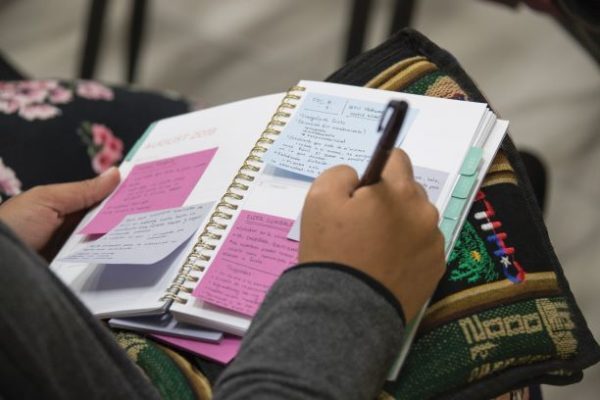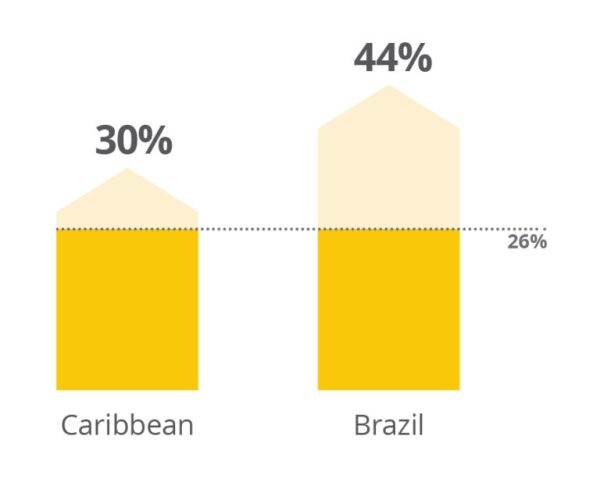BYU-Pathway works to align its efforts with area plans, as well as build a new scholarship program


Leaders of The Church of Jesus Christ of Latter-day Saints have taught that education is a religious responsibility and that great blessings come as a result. As part of its mission, BYU-Pathway Worldwide provides access to higher education wherever the Church is organized, seeking to help members around the world fulfill the commandment to gain knowledge — both temporally and spiritually. As President Russell M. Nelson has said, “Pathway is for the kingdom.”
Aligning Area Efforts
The Church is divided into 25 areas around the world, each with individual needs. BYU-Pathway Worldwide’s strategy for 2019 includes continued work with Area Presidencies to align our efforts with area plans to know how to best help the Saints and build God’s kingdom.
Brian Ashton, vice president of field operations for BYU-Pathway, has been visiting each area of the Church, meeting with and training Area Presidencies and local priesthood leaders.
“In the Church, when you’re aligned with priesthood keys, it opens up revelation,” Ashton said. “We want to be aligned with the Area Presidencies so we’re all on the same page and get the same revelation. This will allow us to grow faster and better meet the needs of our students.”
“Having an education changes how the Lord can use you,” he continued.

“Most returned missionaries never get a college degree. If they were to graduate with a degree, it would make a huge difference. This has the potential to change the whole Church. With every area asking to be involved, we could have hundreds of thousands of students. From those will come bishops, Relief Society presidents, stake leaders, and General Authorities.”
At BYU-Pathway Worldwide, we work to help students overcome obstacles so they can obtain an education and assist more fully in building the kingdom.
New Scholarship Opportunities

There are many Church members around the world who do not have the financial means to pursue education. Consequently, BYU-Pathway Worldwide is piloting a new scholarship program to help students in a variety of financial circumstances.
One way financial assistance is offered is through a

“One of our goals in 2019 is to create a scalable scholarship program and offer additional financial assistance to students in need,” said Griffith. “They will report their financial needs through a survey, helping us determine the amount of aid needed in each circumstance.”
Obtaining an education blesses more than just the individual receiving the degree: Each educated person brings opportunities to families, promotes community growth, and helps build the Church. Griffith said, “We’re seeking to help build Zion by giving students around the world an equal chance at education. By providing financial assistance, all types of students will be able to obtain higher learning in more ways than ever before.”
Newly-Enrolled Returned Missionaries
As a result of the new scholarship pilot, the percentage of newly enrolled returned missionaries increased from 26 percent to 30 percent in the Caribbean and from 26 percent to 44 percent in Brazil.
